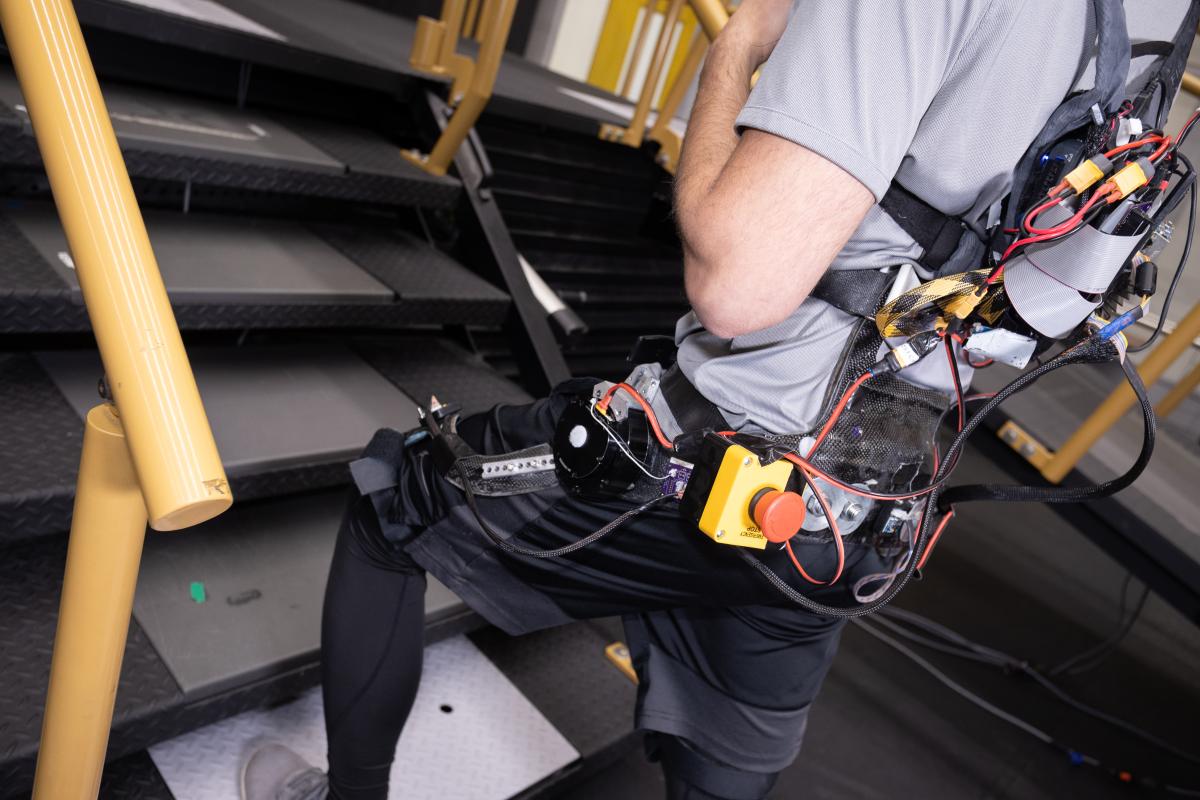2024-03-27 コロンビア大学
<関連情報>
- https://www.engineering.columbia.edu/news/robot-can-you-say-cheese
- https://www.science.org/doi/10.1126/scirobotics.adi4724
人間とロボットの顔の共同表現 Human-robot facial coexpression
YUHANG HU , BOYUAN CHEN , JIONG LIN , YUNZHE WANG , […], AND HOD LIPSON
Science Robotics Published:27 Mar 2024
DOI:https://doi.org/10.1126/scirobotics.adi4724

Editor’s summary
Humanoid robots are capable of mimicking human expressions by perceiving human emotions and responding after the human has finished their expression. However, a delayed smile can feel artificial and disingenuous compared with a smile occurring simultaneously with a companion’s smile. Hu et al. trained their anthropomorphic facial robot named Emo to display an anticipatory expression to match its human companion. Emo is equipped with 26 motors and flexible silicone skin to provide precise control over its facial expressions. The robot was trained with a video dataset of humans making expressions. By observing subtle changes in a human face, the robot could predict an approaching smile 839 milliseconds before the human smiled and adjust its face to smile simultaneously. —Melisa Yashinski
Abstract
Large language models are enabling rapid progress in robotic verbal communication, but nonverbal communication is not keeping pace. Physical humanoid robots struggle to express and communicate using facial movement, relying primarily on voice. The challenge is twofold: First, the actuation of an expressively versatile robotic face is mechanically challenging. A second challenge is knowing what expression to generate so that the robot appears natural, timely, and genuine. Here, we propose that both barriers can be alleviated by training a robot to anticipate future facial expressions and execute them simultaneously with a human. Whereas delayed facial mimicry looks disingenuous, facial coexpression feels more genuine because it requires correct inference of the human’s emotional state for timely execution. We found that a robot can learn to predict a forthcoming smile about 839 milliseconds before the human smiles and, using a learned inverse kinematic facial self-model, coexpress the smile simultaneously with the human. We demonstrated this ability using a robot face comprising 26 degrees of freedom. We believe that the ability to coexpress simultaneous facial expressions could improve human-robot interaction.



